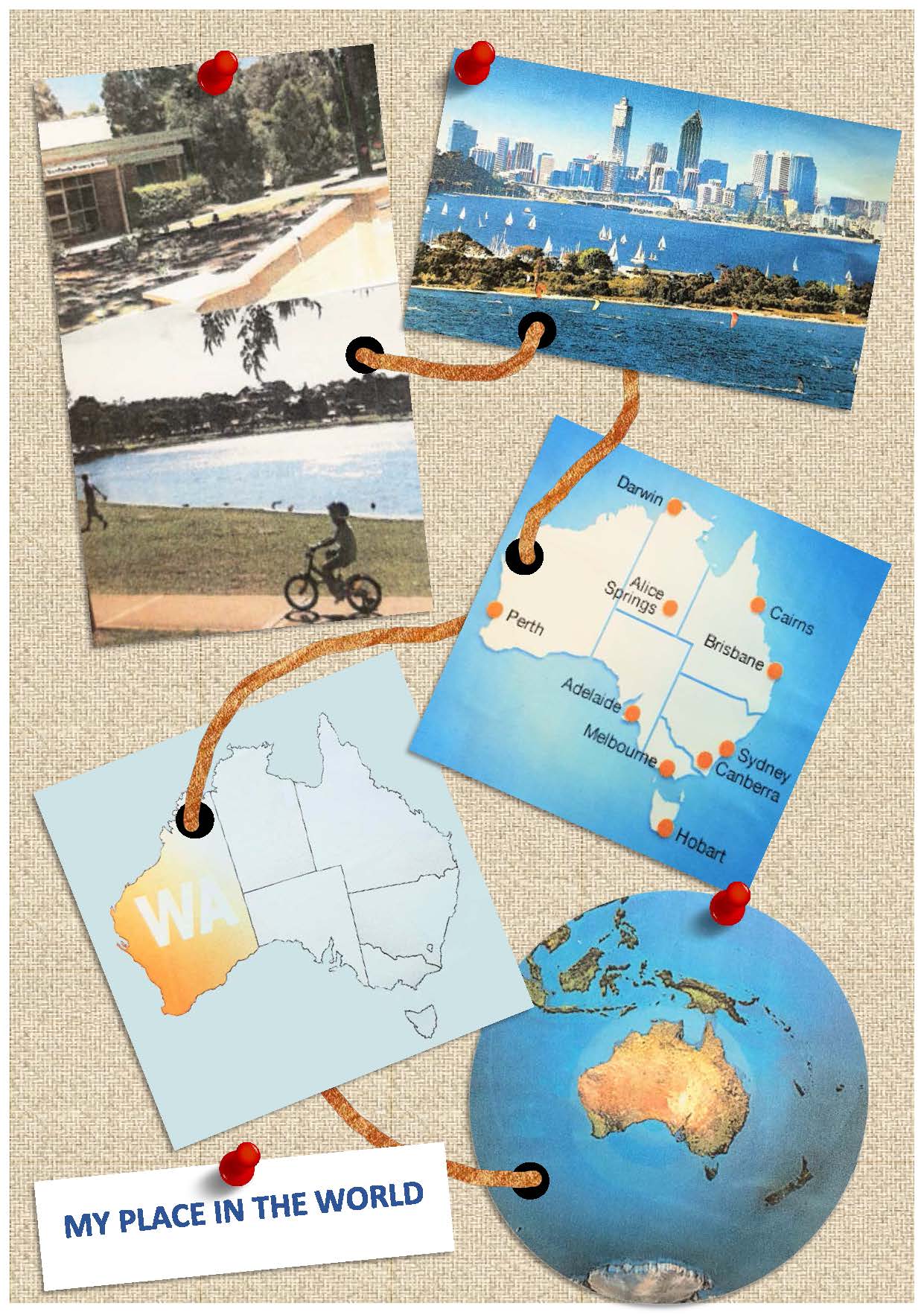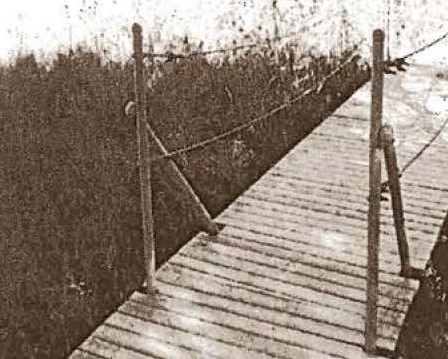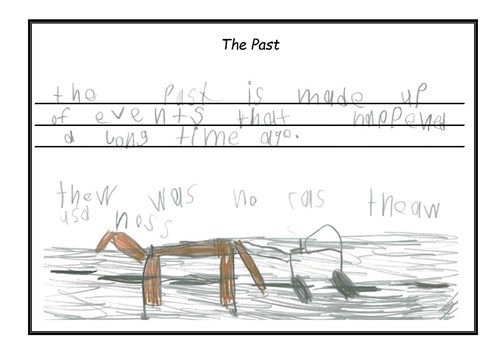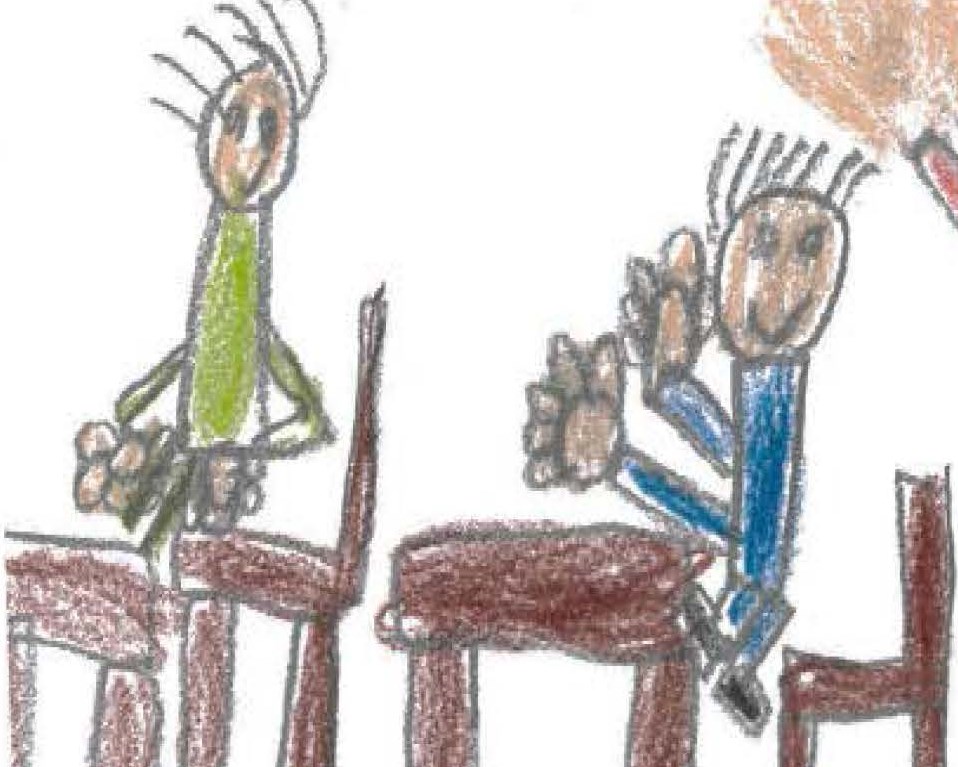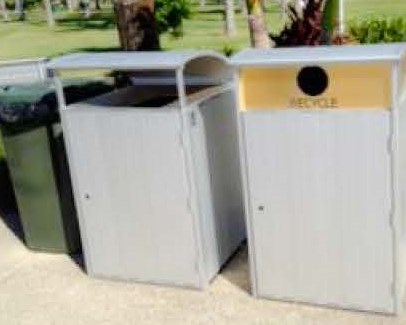My place in the world
Summary of task
Students listened to and discussed a teacher-reading of a picture book, such as My Place in Space or Me on the Map. Students then collected photographs and maps to show the location of their own homes on a variety of scales. The pictures were positioned along a sequence from nearest to furthest and displayed in the classroom. The task took place in class over the course of a week and required students to spend some time at home collecting appropriate maps or images.
Achievement standard
By the end of Year 1, students identify and describe the natural, managed and constructed features of places at a local scale and identify where features of places are located. They recognise that people describe the features of places differently. Students identify changes in features and describe how to care for places.
Students respond to questions about familiar and unfamiliar places by locating and interpreting information from sources provided. They represent the location of different places and their features on labelled maps and present findings in a range of texts and use everyday language to describe direction and location. They reflect on their learning to suggest ways that places can be cared for.
